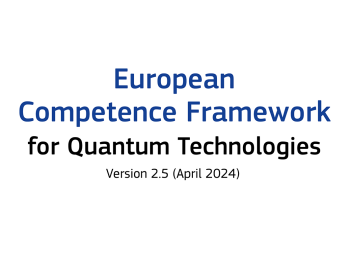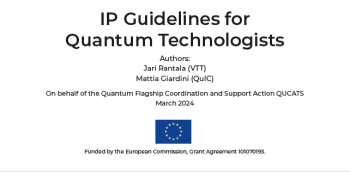The study entitled "Plug and play continuous variable quantum key distribution for metropolitan networks", published by partners of the CiViQ project in Optics Express, has been highlighted as an Editor's Pick. Editor's Picks serve to highlight articles with excellent scientific quality and are representative of the work taking place in a specific field.
In this study, researchers report a plug-and-play continuous variable quantum key distribution system (CV-QKD) with Gaussian modulated quadratures and a true local oscillator. Quantum key distribution (QKD) is the most prominent quantum cryptographic protocol as it allows two remote network nodes to generate an ultra-secure encryption key. At the moment, there are two main QKD protocols: discrete variable (DV) and continuous variable (CV). While DV-QKD heavily relies on single photon detector technology, CV-QKD provides security through shot-noise limited coherent detection. The CiViQ project uses Continuous-Variable (CV) QKD technology as it offers the potential for flexible, software defined systems that can be readily integrated in innovative and upgradable dynamic network architectures.
Despite improving the security of practical CV-QKD, the experimental implementation of the true local oscillatorscheme requires two narrow line-width lasers that are frequency-locked, which increases the experimental complexity of the system. In this study, the researchers propose a configuration that avoids the need for frequency locking two narrow line-width lasers.
Typically, plug-and-play QKD systems suffer from Rayleigh back-scattering noise generated by the high power laser signal simultaneously transmitted with the quantum signal at the same wavelength and fiber channel. The Rayleigh back-scattering noise limits the performance and the maximum secure communication distance of the system compared to one-way CV-QKD protocols. In this paper, researchers propose a plug-and-play CV-QKD system that minimizes the noise from Rayleigh back-scattering by using two independent fiber strands for the distribution of the laser and the transmission of the quantum signals. One fiber strand is used to distribute the laser signal from Bob to Alice and the other one to send quantum states from Alice to Bob.
Furthermore, they demonstrate the co-existence of strong classical light in both fibers, avoiding the use of dark fibers, which are not only expensive but an additional bottleneck for the deployment of QKD technology.
The plug-and-play CV-QKD system demonstrated in this paper has the potential to become an effective low-cost solutionfor securing short-reach metropolitan networks.



